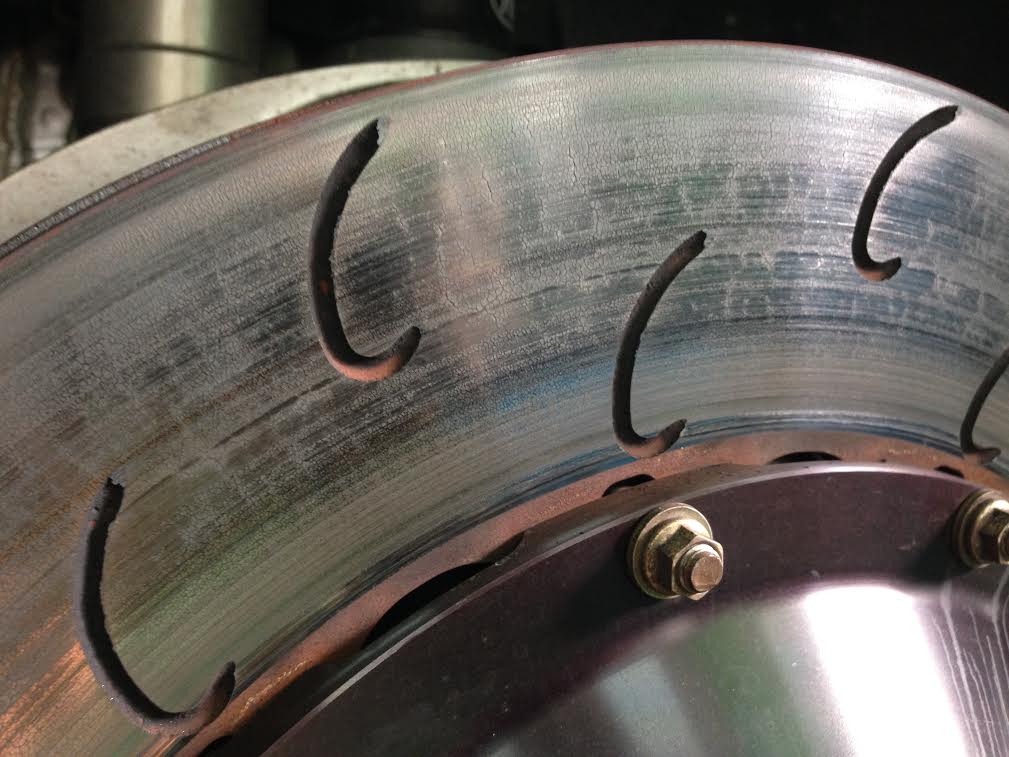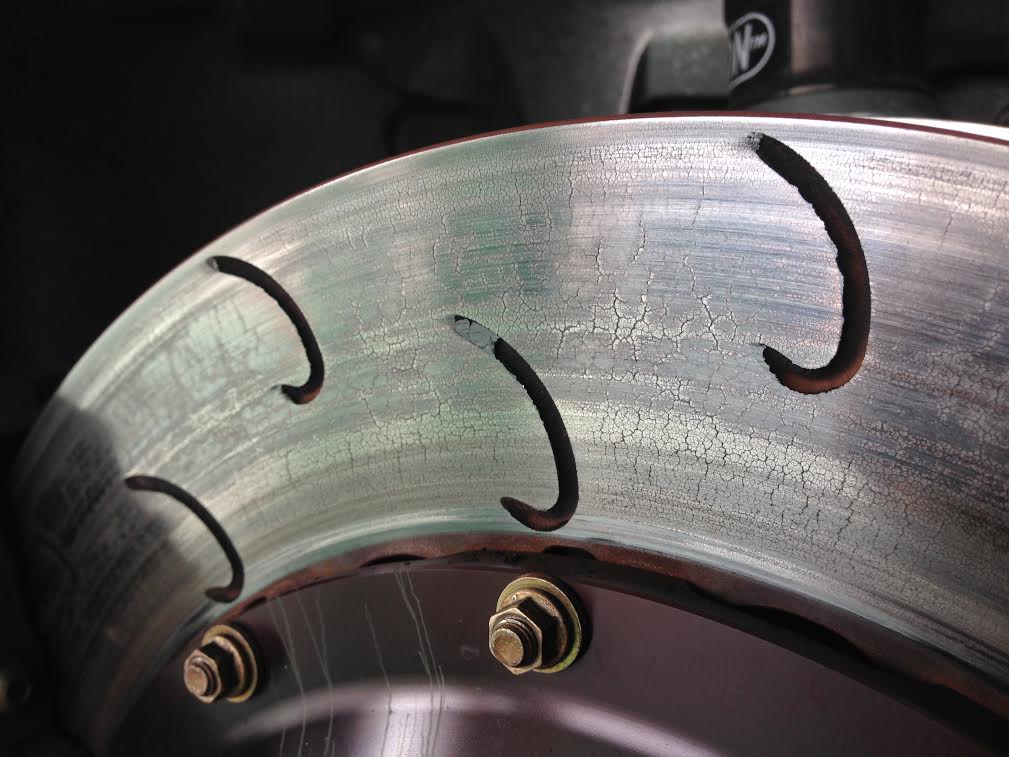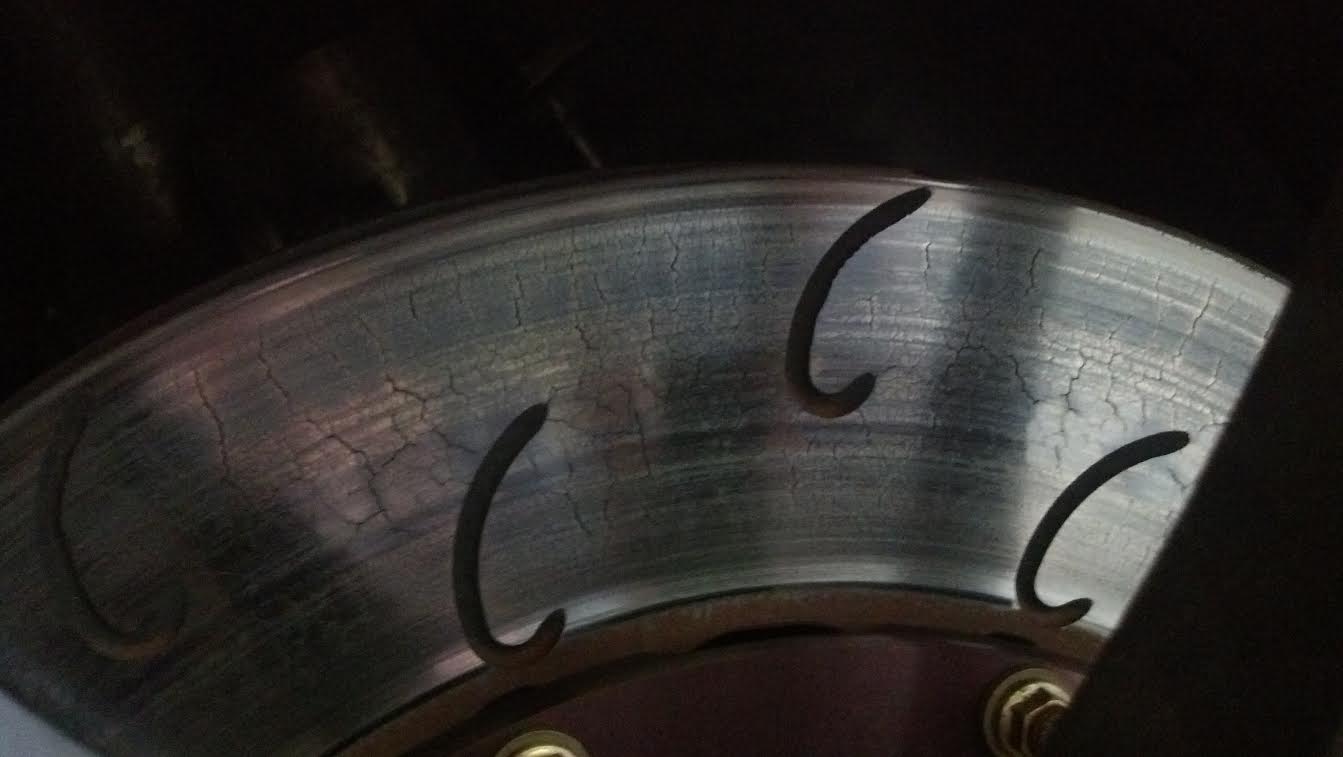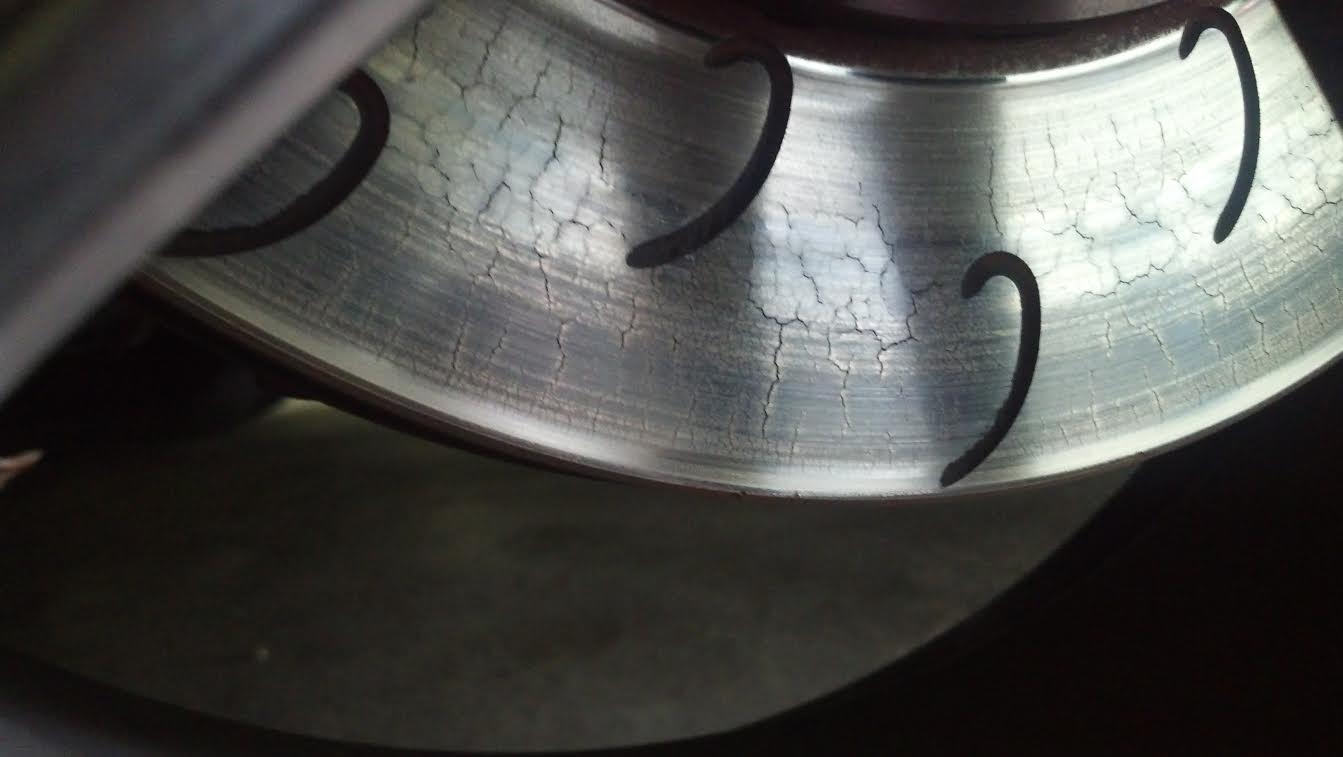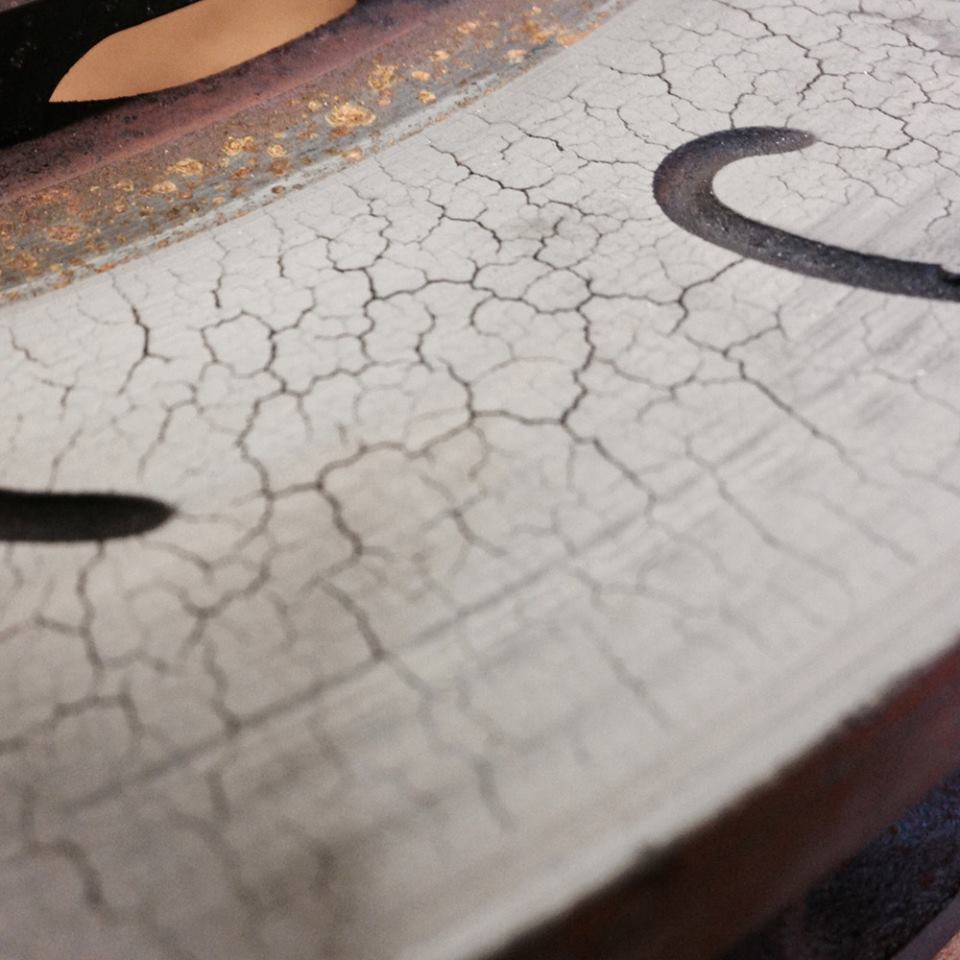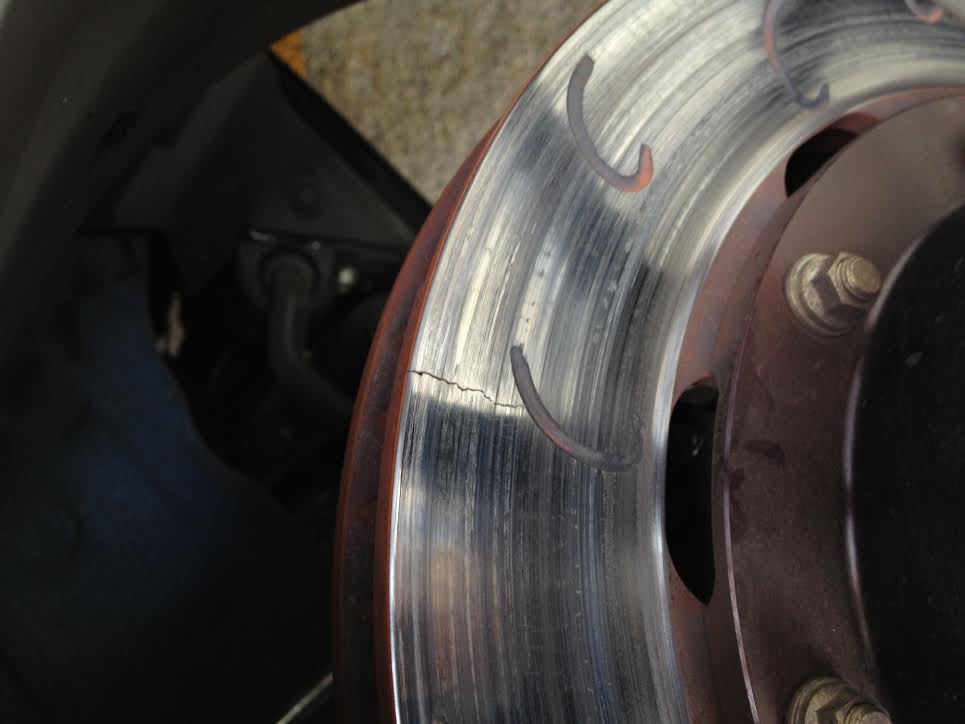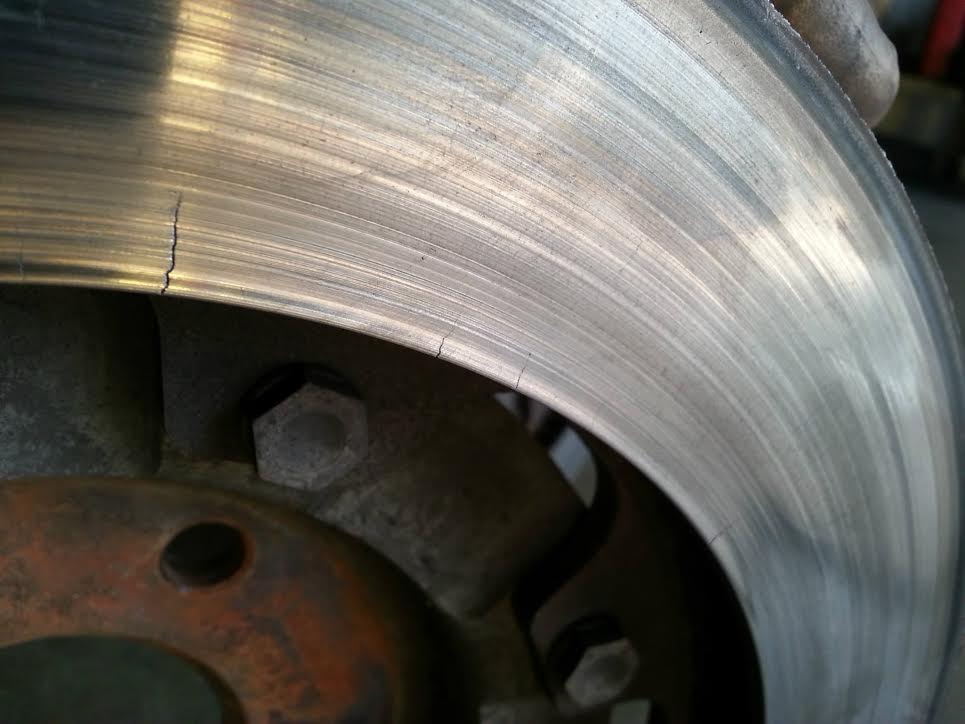We’ve had quite a few of our GT3 customers ask us for a better brake system for their track toy Boxster or Cayman. They’ve complained about the OEM brake system’s pedal feel, lack of heat capacity, pad availability, etc. Our goal when tackling a new platform is always to build the ultimate brake system available for that platform. I believe we have succeeded in that objective once again. We just finished up our test fit of the 718 chassis this week. A few weeks back were the 981, and before that the 987. If you’re looking for the absolute best possible brake solution for your Cayman, we now have it!
Our systems revolve around AP Racing’s latest technology, the Radi-CAL caliper. AP’s Radi-CAL is now widely accepted as the leading technology at the elite level of motorsport. Porsche’s ultimate race car for 2017, the 911 RSR, features AP Racing Radi-CAL’s. You can read all about and watch a video on the development of the Radi-CAL and the impact it has had in racing in this blog post: The AP Racing Radi-CAL Story. We have now taken this technology and applied it to each generation of Porsche Cayman.
You can see all of the details in the links below:
987
Front
https://www.essexparts.com/essex-des…p9661355mm-987
Wheel fitment template: https://www.essexparts.com/storage/w…CP9661-355.pdf
Rear
https://www.essexparts.com/essex-des…28-987-981-718
Wheel fitment template: https://www.essexparts.com/essex-des…28-987-981-718
981
Front
https://www.essexparts.com/essex-des…1355mm-981-718
Wheel fitment template: https://www.essexparts.com/storage/w…CP9661-355.pdf
Rear
https://www.essexparts.com/essex-des…28-987-981-718
Wheel fitment template: https://www.essexparts.com/storage/w…l_template.pdf
718
Front
https://www.essexparts.com/essex-des…1355mm-981-718
Rear
https://www.essexparts.com/essex-des…28-987-981-718
Essex Parts Services Background & Porsche Products
Essex Parts Services is located in Charlotte, NC and has been in business for roughly 35 years. We are the exclusive North American importer and distributor for a number of high-end, European brands including: AP Racing competition brake products, Ferodo Racing Brake Pads, Mintex Racing Brake Pads, Spiegler SS brake lines, etc. You can learn more about our company here. For many years our focus was exclusively on professional racing. However, about five years ago we began taking the previously unavailable technology from pro racing and transferring it to the enthusiast and club racer.
We’ve been sponsors here on Rennlist for about a year and a half now, but we’ve mainly been focused on GT cars. Our AP Racing 2-piece J Hook discs have become the gold standard in the 996/997/991 GT3 & GT4 markets. These discs are derived from the discs we’re using in NASCAR Sprint Cup, IMSA, Grand Am, etc. Their metallurgy is incredibly stout, and they take an amazing amount of abuse. They are also inexpensive and relatively lightweight.
Competition Big Brake Kit Project Background
About five years ago we began developing a line of brake systems geared towards heavy track users. We call them our Essex Designed AP Racing Competition Brake Kits. We currently have applications for a host of popular racing/track day/AutoX/time trial cars: M3, WRX STI, Lancer Evo, BRZ & FR-S, Corvette, Mustang, Focus RS, S2000, etc. These systems are designed with the sole mission of making you go faster, and leverage the latest racing technology to improve performance. They focus on ultra-low weight, extremely durable materials, and inexpensive and readily available spare parts (pads and discs). They are built around components by AP Racing, arguably the top performance brake manufacturer in the world.
With these systems our customers have amassed a lengthy list of NASA and SCCA race and championship wins, time attack victories, rally and hill climb wins, lap records, etc. I’d highly encourage you to take a peek at our blog, which contains a slew of product reviews and race results from our customers. Below are some links to discussions about our Essex Designed Competition Brake Kits on other forums. Not only do these posts show the success that our customers have had with our products, they show the lengths to which we go to support our customers.
Corvette C7 Z06
E92 M3
BRZ / FR-S
Lancer Evo
Essex Designed AP Racing Competition Brake Kit Videos
Please watch the videos below to learn about our design philosophy, the components we use, and why they are superior to other available options.
Front System= CP9661/355mm
https://cimg1.ibsrv.net/gimg/rennlis…3896f95ae7.jpg
- Does not require caliper removal for pad change
- Common pad shape available from all pad manufacturers
- Features AP Racing CP9661 Radi-CAL six piston calipers
- 355x32mm, 72 vane AP Racing disc, with reasonably priced spare iron
- Saves 4 unsprung lbs. from nose vs. OEM S brakes
- Every component designed to resist the heat of extended track sessions
- Pistons sized properly to allow for seamless integration with OEM master cylinder and ABS system
- Designed to work with OEM rear brakes or our Essex/AP Racing rear BBK
With our front kit, we wanted to provide a solution for the most demanding environments our Cayman customers will likely face, while still having them fit inside 18″ wheels. We went with a six piston Radi-CAL , mated it to a 355mmx32mm AP Racing J Hook. The disc we used actually captured the 2012 Daytona Prototype Championship on the Action Express Corvette DP’s (cars capable of hitting 220 mph)! It is a heavy duty, 72 vane design that flows a ton of air. Despite being larger than the OEM S discs, it still weighs less!
Our front system very closely replicates the OEM front brake torque output. That means it will mate seamlessly with either the OEM rear brakes or our rear kit. The piston sizes were carefully determined so there will be no interference with ABS, etc.
We are currently working on a wheel fitment templates for all of the kits. On the 981 we used for prototyping, our kit cleared the customer’s wheels without a spacer.
https://cimg1.ibsrv.net/gimg/rennlis…c4a9411a1a.jpg
https://cimg7.ibsrv.net/gimg/rennlis…7d40b42645.jpg
https://cimg4.ibsrv.net/gimg/rennlis…d5273b734c.jpg
https://cimg8.ibsrv.net/gimg/rennlis…0a58c66d33.jpg
https://cimg9.ibsrv.net/gimg/rennlis…b9ca5ab59f.jpg
https://cimg0.ibsrv.net/gimg/rennlis…a583e6297f.jpg
https://cimg1.ibsrv.net/gimg/rennlis…5790ba16ca.jpg
https://cimg5.ibsrv.net/gimg/rennlis…ed02ccbb64.jpg
https://cimg8.ibsrv.net/gimg/rennlis…87c61e4995.jpg
Rear System= CP9451/340mm
https://cimg3.ibsrv.net/gimg/rennlis…f8a8e9c01b.jpg
- Retains OEM parking brake functionality
- Features AP Racing CP9451 Radi-CAL four piston calipers
- 340x28mm, 60 vane AP Racing disc
- Every component designed to resist the heat of extended track sessions
- Pistons sized properly to allow for seamless integration with OEM master cylinder and ABS system
- Designed to complement our front 986/987 Front Essex/AP Racing Radi-CAL Competition BBK
As with the front, our rear system is built around AP Racing’s Radi-CAL and J Hook technologies. The CP9451 caliper is a new design, featuring the same unique features as our front Pro5000R calipers. The 340x28mm disc is ample for anything even the fastest Cayman will ever throw at it, while still maintaining a low weight. Our rear kit maintains full parking brake functionality, just like the OEM setup. Weight savings on the rear vs. stock is significant, despite the larger components.


